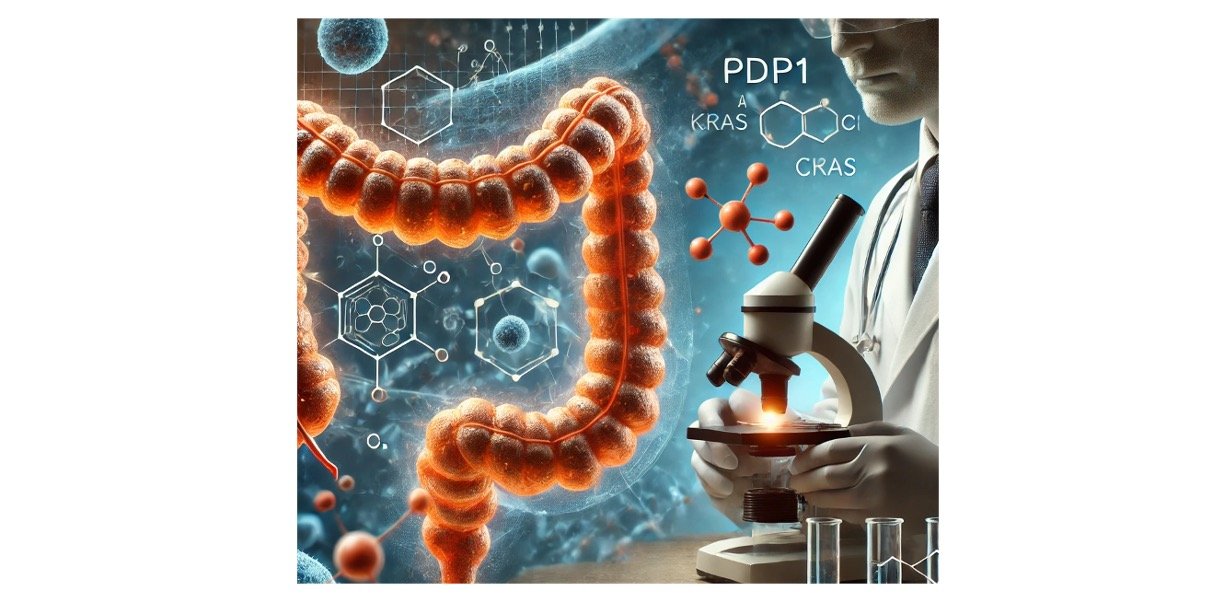Oxidation Fermentation Test Introduction
Oxidation Fermentation Test is also commonly known as Glucose test, is one of the biological techniques that is widely used to determine the metabolic way of the micro-organism in the field of microbiology, as micro-organisms are capable of metabolizing the carbohydrates like glucose.
Carbohydrates are one of the organic molecules which comprises of carbon, hydrogen and oxygen in the ratio of the 1:2:1.
Each organism uses carbohydrate in its own kind of way depending upon their enzyme synthesis in the body of the particular organism.
This test was developed initially by Hugh and Leif son in the year 1953, Where they developed an oxidative fermentation media for differentiating the oxidative bacteria and the fermentative bacteria.
Oxidative bacteria are the one which produces acids from the carbohydrates under aerobic conditions. Whereas the fermentative bacteria are the one which facilitates the acid production in both aerobic and anaerobic conditions.
However, the pattern of fermentation depends upon the characteristics of the specific species, genera or group of organisms for which the medium has been used for differentiation of microbes in the biochemical tests.
Oxidation Fermentation Test Objective
The main aim of the test is to detect the process of oxidation or fermentation of the carbohydrate by the bacteria.
Oxidation Fermentation Test Principle
It is considered that whether the organism is oxidative or fermentative, it can be detected by using Hugh and Leifson medium, which is most commonly referred to as OF (oxidation Fermentation) medium, which comprises of tryptone and the bromothymol blue as its indicator.
One of the sugar kinds namely glucose, xylose, mannitol, lactose, sucrose, xylose and maltose can be added in the medium, which plays an important role as the fermentable carbohydrates.
A specific organism is inoculated into two tubes, which are placed in each of the medium. After inoculated the tube is let to overlay with the melted paraffin or the mineral oil which produces an anaerobic environment in the medium.
On the other hand, the other tube is left open such that air can pass into the tube. Here the growth of micro-organisms takes place by using tryptophan that is present in the medium and results in the formation of dark blue color as a result of alkaline reaction.
In some cases, the organisms grow by utilizing the glucose that is present in the medium and produces acid, which turns the medium from bromothymol blue to yellow.
The oxidative utilization of the carbohydrate results in the acid production, by the formation of yellow color in the tube that is left open. Where as in fermentative utilization of the carbohydrate, results in acid production in both the tubes, both open and closed, which is indicated by formation of yellow color in the medium.
Hence the acid production in the tubes is considered as result of true fermentation, where the development of acid in the tubes that are open are a result of oxidative utilization of the carbohydrate that is present. However, Asaccharolytiv organisms will not produce acid in both in tubes.
Oxidation Fermentation Test Reagents
Hugh and Leifson’s Medium:
| Ingredients | Gram per liter |
| Peptone | 2.0 |
| Sodium chloride | 5.0 |
| Dipotassium phosphate | 0.30 |
| Glucose | 10.0 |
| Bromothymol blue | 0.03 |
| Agar | 3.0 |
Oxidation Fermentation Test Procedure
Initially a pure isolated colony id being obtained from an 18 to 24-hour culture. Then for each test organism, inoculate the tubes in a duplicate manner.
Then inoculate by medium by stabbing the agar from approximately four by one inch from the bottom of the tube.
Then a sterile mineral oil or a sterile melted paraffin or a sterile melted petrolatum is used in one of each duplicated tube, it is noted that the caps of the over tubes are tightened and the caps of the non-overlaid tubes are closed loosely.
Further the tubes are incubated aerobically at a temperature of about 35ºC for about 14 days.
Oxidation Fermentation Test Results
Positive Oxidation Fermentation Test: Positive carbohydrate utilization test is usually indicated by the development of a yellow color in the tube
Oxidative Results: In oxidative utilization, development of a yellow color can be seen in the open tube.
Fermentive Results: In fermentative utilization, yellow color can be seen in both open and closed tubes.
Negative Oxidation Fermentation Test: Negative carbohydrate test is identified by absence of the yellow color in the tube. The media in the tube remains greens or in some cases it turns blue.
Oxidation Fermentation Test Uses
Oxidative fermentation test greatly helps in identifying the gram-negative bacteria on the basis of their ability to oxidize or ferment a specific carbohydrate.
This test also helps us to determine whether the organism utilizes the substrates, carbohydrate for the production of acids and its byproducts.
Whereas the non-fermentative bacteria are routinely tested to find ability to synthesis acid from the six carbohydrates in the form of glucose, xylose, mannitol, lactose, sucrose and maltose.
Oxidation Fermentation Test Limitation
It is usually recommended that the biochemical or the immunological tests including the molecular and the mass spectrometry testing should be performed by using only the pure culture for the complete identification.
It should also be noted that the organisms that are grown slowly should not be used in the mediums, as it does not produce any results even after several days.
Whereas some organism does not have the capability to grow in the oxidative fermentative medium, in such case, the other basal medium containing dextrose can be used, so that we can confirm the negative results.
Use of some mineral oils may be acidic and it leads to erroneous results.
Oxidation Fermentation Test Citations
- Modified oxidation fermentation medium for detection of acid production from carbohydrates by Neisseria spp. and Branhamella catarrhalis. J Clin Microbiol. 1983 Jul; 18(1): 56–62.
- Modified Medium for the Oxidation Fermentation Test in the Identification of Marine Bacteria. Appl Environ Microbiol. 1985 Jun; 49(6): 1541–1543.
- One-tube oxidation fermentation methods: limitations posed by atypical fermentative reactions. Appl Environ Microbiol. 1976 May; 31(5): 778–780.
- Modified medium for the oxidation fermentation test in the identification of marine bacteria. Appl Environ Microbiol . 1985 Jun;49(6):1541-3.
- One-tube oxidation fermentation test. Am J Clin Pathol . 1974 Mar;61(3):368-74.
Share












